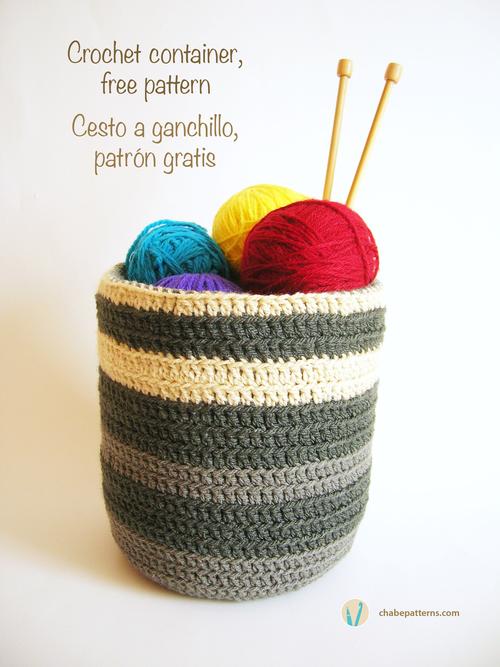Cro-Hook Patterns Free: A Comprehensive Guide
Are you looking to enhance your web development skills? Do you want to explore the world of Cro-Hook Patterns? If yes, you’ve come to the right place. In this article, we will delve into the ins and outs of Cro-Hook Patterns, providing you with a detailed and multi-dimensional introduction. Let’s get started!
What are Cro-Hook Patterns?
Cro-Hook Patterns are a set of design patterns that are widely used in web development. They are a collection of best practices and techniques that help developers create scalable, maintainable, and efficient web applications. These patterns are inspired by the principles of functional programming and are designed to be used in conjunction with modern JavaScript frameworks like React, Vue, and Angular.
![]()
Why Use Cro-Hook Patterns?
There are several reasons why you should consider using Cro-Hook Patterns in your web development projects:
-
Improved Code Organization: Cro-Hook Patterns help you organize your code in a more structured and modular way, making it easier to understand and maintain.
-
Enhanced Performance: By following these patterns, you can optimize your code and reduce unnecessary computations, resulting in faster and more efficient web applications.
-
Increased Reusability: Cro-Hook Patterns encourage the creation of reusable components, which can save you time and effort in the long run.

-
Community Support: As these patterns gain popularity, a growing community of developers is sharing their knowledge and experiences, making it easier for you to learn and implement them.
Understanding the Basics
Before diving into the details of Cro-Hook Patterns, it’s essential to understand some of the basic concepts and terminology associated with them.
Components
In web development, a component is a self-contained and reusable unit of code that represents a specific part of the user interface. Components can be anything from a simple button to a complex form or even an entire page.
Hooks
Hooks are functions that allow you to “hook into” React’s state and lifecycle features. They are a fundamental building block of Cro-Hook Patterns and are used to manage state and side effects in your components.
Context
Context is a way to pass data through the component tree without having to pass props down manually at every level. It is particularly useful for managing global state, such as authentication tokens or user preferences.
Key Cro-Hook Patterns
Now that we have a basic understanding of the concepts, let’s explore some of the key Cro-Hook Patterns:
UseState Hook
The useState hook is used to add state to functional components. It allows you to track and update the state of your component over time. Here’s an example of how to use the useState hook:
const [count, setCount] = useState(0);function increment() { setCount(count + 1);}function decrement() { setCount(count - 1);}UseEffect Hook
The useEffect hook is used to perform side effects in your components. It is commonly used to handle asynchronous operations, such as data fetching or subscriptions. Here’s an example of how to use the useEffect hook:
useEffect(() => { // Perform side effects const fetchData = async () => { const response = await fetch('https://api.example.com/data'); const data = await response.json(); // Update state with fetched data setData(data); }; fetchData();}, []); // Empty dependency array means this effect runs only onceUseContext Hook
The useContext hook is used to access the value of a React context. It allows you to consume context values without having to pass them down manually at every level. Here’s an example of how to use the useContext hook:
const MyContext = React.createContext();function MyComponent() { const value = useContext(MyContext); // Use the value return ( {value} );}Implementing Cro-Hook Patterns in Your Projects
Now that you have a good understanding of Cro-Hook Patterns and their key components, it’s time to start implementing them in your projects. Here are some tips to help you get started:
- <










